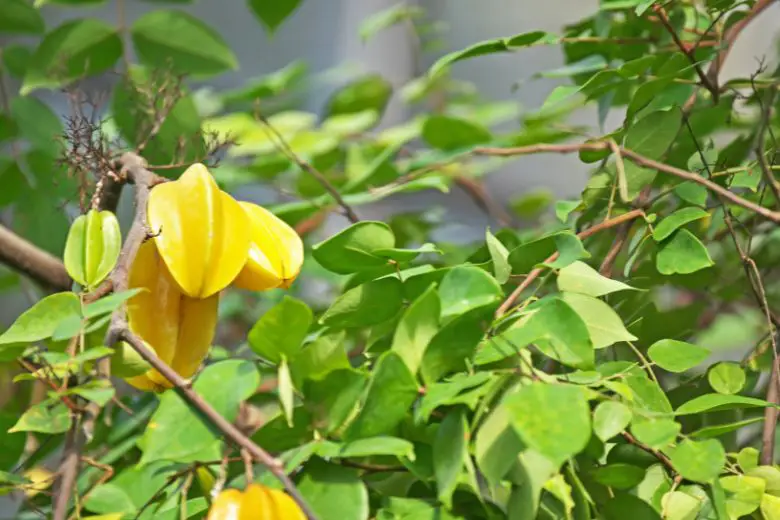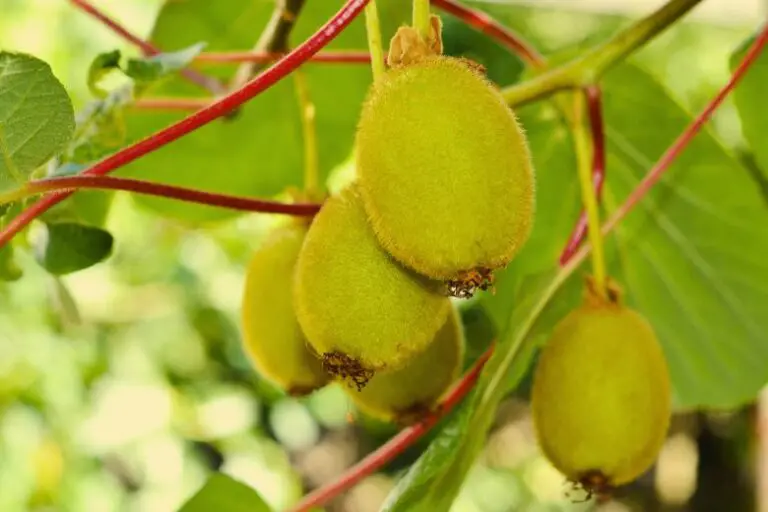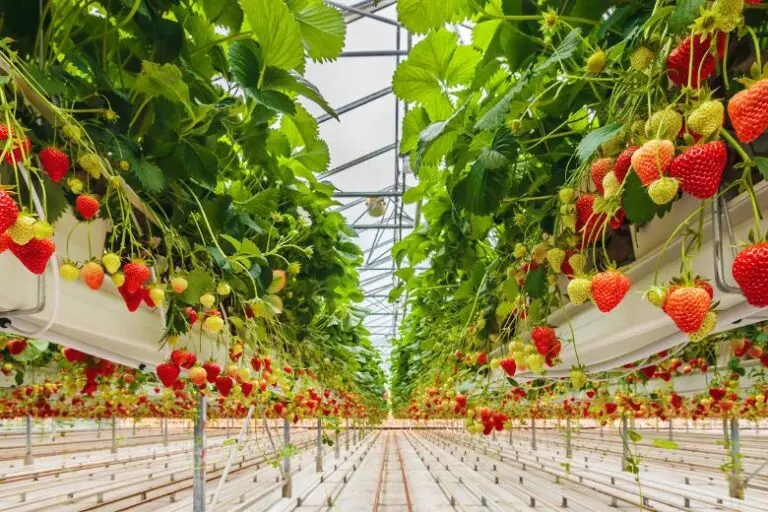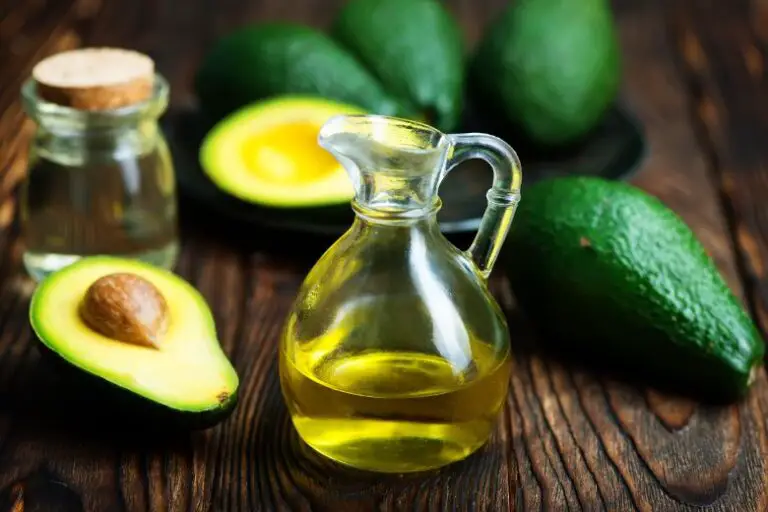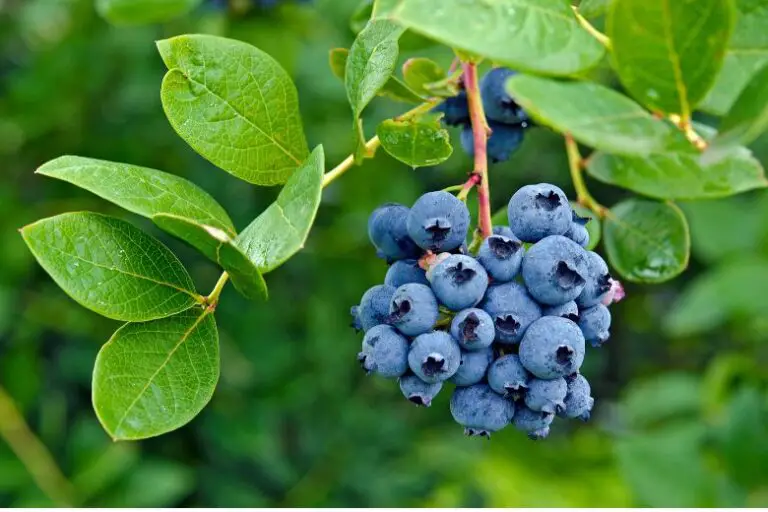Can I Grow Starfruit Trees in a Non-Tropical Climate?
Starfruit, also known as carambola, is a unique tropical fruit celebrated for its distinctive star-like shape and sweet-tart flavor. While it thrives in warm, humid regions, many gardening enthusiasts wonder if it’s possible to grow starfruit trees in non-tropical climates.
In this article, we’ll explore the process of cultivating starfruit in regions with cooler temperatures and learn how to provide the ideal conditions for a successful harvest.
What is a Starfruit?
Starfruit, scientifically known as Averrhoa carambola, is a tropical fruit native to Southeast Asia and now widely cultivated in various tropical regions around the world. The fruit is roughly the size of a small apple and has a waxy, golden-yellow skin with distinct ridges that give it a star-shaped cross-section when sliced. The flesh is juicy, crunchy, and often described as a blend of citrusy and slightly sweet flavors.
Starfruit Tree Description
The starfruit tree is an evergreen, slow-growing tree that can reach heights of 20 to 30 feet in its natural tropical habitat. It features pinnate leaves, clusters of small lilac or purple flowers, and elongated green fruits that turn yellow as they ripen. The tree is visually appealing and can be a great addition to any garden or orchard.
Growing Starfruit Trees in Non-Tropical Climates
While starfruit trees prefer tropical and subtropical environments, it is indeed possible to grow them in non-tropical climates with some extra care and attention. Successful cultivation in such regions requires a few essential factors to be taken into account:
Choosing the Right Variety
When attempting to grow starfruit in a non-tropical climate, selecting the right variety is crucial. Some starfruit cultivars are more cold-tolerant than others, making them better suited for cooler regions. For example, the Arkin variety is known to withstand lower temperatures compared to other sensitive varieties.
Planting Location and Soil Requirements
To give your starfruit tree the best chance of survival, choose a planting location that receives ample sunlight throughout the day. Southern or southwestern exposures are usually ideal as they provide maximum sunlight exposure. Additionally, ensure that the soil is well-draining and rich in organic matter.
Temperature and Climate Considerations
Starfruit trees are highly sensitive to frost and freezing temperatures. In non-tropical climates, it is essential to protect the trees from cold snaps. Consider using frost cloths or other protective measures during colder months to shield the tree from potential damage.
Watering and Irrigation
Establish a regular watering schedule for your starfruit tree, especially during dry periods. Adequate irrigation is essential for fruit development and overall tree health. However, be cautious not to overwater, as excessive moisture can lead to root rot.
Fertilization and Nutrient Needs
Provide your starfruit tree with a balanced fertilizer to ensure it receives the necessary nutrients for healthy growth. Opt for fertilizers specifically formulated for tropical fruit trees, and follow the recommended application rates.
Pruning and Training
Regular pruning helps maintain the shape and size of the starfruit tree, making it easier to manage in non-tropical settings. Remove dead or diseased branches, and shape the tree to encourage adequate air circulation and sunlight penetration.
Protecting Starfruit Trees from Frost
During cold snaps, it’s crucial to protect your starfruit tree from freezing temperatures. Use frost cloths or blankets to cover the tree at night, preventing frost damage. Additionally, consider using mulch around the base of the tree to help retain soil warmth.
Pest and Disease Management
Keep a close eye on your starfruit tree for any signs of pests or diseases. Common issues include fruit flies, scales, and fungal diseases. Implement organic pest control methods and promptly address any problems to prevent them from spreading.
Harvesting and Ripening
Starfruit is typically harvested when it reaches full size and its ridges turn a bright yellow. Avoid picking unripe fruit, as it may not develop its characteristic sweet flavor. Allow harvested starfruit to ripen at room temperature for a few days before consumption.
Storing and Using Starfruit
Store ripe starfruit in the refrigerator to extend its shelf life. It can stay fresh for up to a week under proper storage conditions. Starfruit can be enjoyed fresh, sliced into salads, used as a garnish, or juiced to create refreshing beverages.
Common Starfruit Varieties
Several starfruit varieties are available for cultivation, each with its unique characteristics. Some popular varieties include the Fwang Tung, Sri Kembangan, and Golden Star.
Benefits of Growing Starfruit
Aside from its delightful taste and visual appeal, growing starfruit offers various benefits. It provides an opportunity for gardeners in non-tropical climates to grow an exotic fruit tree and experience the satisfaction of a successful harvest. Additionally, starfruit is rich in vitamin C, antioxidants, and dietary fiber, making it a valuable addition to a healthy diet.
Potential Challenges in Non-Tropical Climates
While it’s possible to grow starfruit in non-tropical climates, it does present some challenges. Cold temperatures and frost pose significant risks to the trees, potentially impacting fruit production and overall tree health. By understanding these challenges, gardeners can take proactive measures to protect their starfruit trees.
Tips for Successful Starfruit Cultivation
To ensure a fruitful harvest, follow these essential tips for growing starfruit in non-tropical climates:
- Tip 1: Select cold-tolerant starfruit varieties suitable for your region.
- Tip 2: Choose a sunny location with well-draining soil for planting.
- Tip 3: Provide frost protection during colder months.
- Tip 4: Water regularly, but avoid overwatering.
- Tip 5: Fertilize the tree with a balanced tropical fruit tree fertilizer.
- Tip 6: Prune and train the tree for better growth and management.
Frequently Asked Questions
Can I grow starfruit trees in regions with mild winters?
Yes, you can. Selecting cold-tolerant varieties and implementing protective measures can help the tree survive mild winters.
Is starfruit easy to grow for beginners?
Starfruit cultivation can be rewarding but requires attention to specific environmental factors. With proper research and care, beginners can successfully grow starfruit trees.
How long does it take for a starfruit tree to bear fruit?
Starfruit trees typically start bearing fruit within 2 to 4 years after planting.
Can I grow starfruit in a container indoors?
While it’s possible to grow starfruit in containers, it may be more challenging to provide the ideal conditions for fruiting indoors. Outdoor cultivation is generally recommended.
Is starfruit safe to consume for everyone?
Starfruit contains natural oxalic acid, which can be harmful to individuals with kidney problems. If you have kidney issues, consult a healthcare professional before consuming starfruit.
Conclusion
Growing starfruit trees in non-tropical climates is an exciting endeavor that offers gardeners the chance to cultivate a unique and exotic fruit. While challenges may arise due to the cooler climate, selecting suitable varieties and providing proper care can lead to a bountiful harvest of this delicious and visually striking fruit. With a little effort and dedication, you can enjoy the sweet rewards of successfully growing starfruit in your non-tropical garden. Happy gardening!

